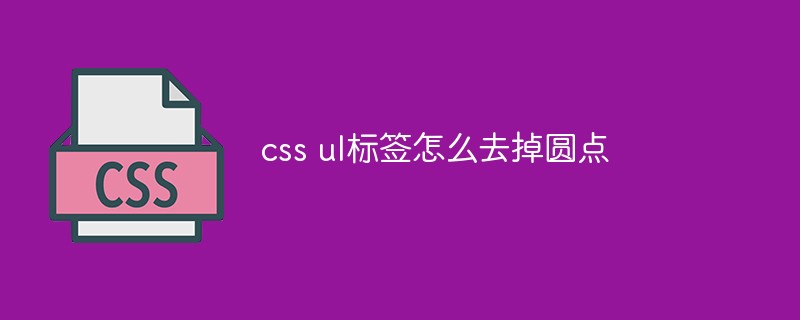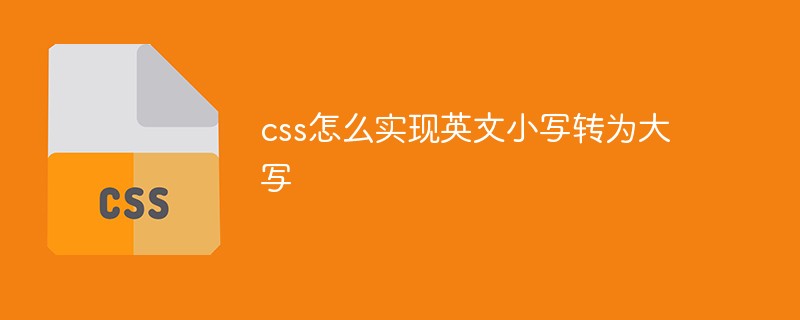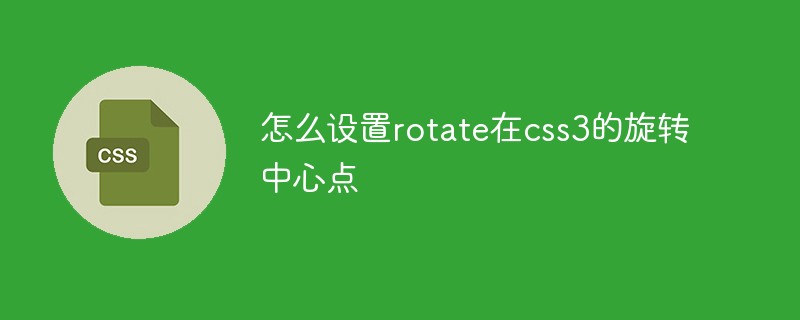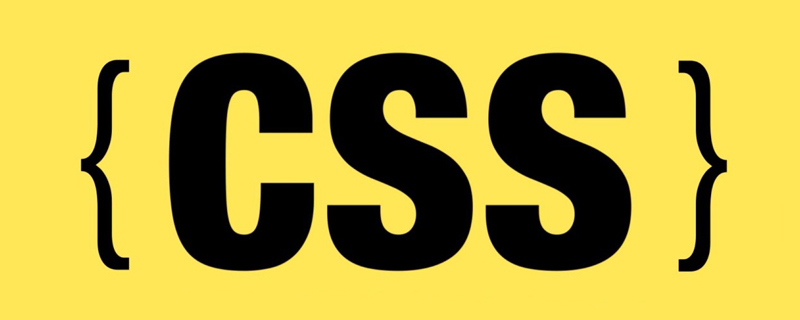
How to use the is selector to optimize CSS programming
In front-end development, CSS is an integral part. Correct definition and use of CSS selectors is to ensure page style. One of the keys to correct and optimized code. Among them, the is selector is a powerful but rarely used selector in CSS. This article will introduce what is is selector and how to use is selector correctly to optimize CSS programming.
1. What is the is selector?
The is selector is a new selector in CSS Level 4, which is implemented by using the is keyword and brackets to wrap the selector. Its function is to select a state or pseudo-class of the specified selector. Use the is selector to visually represent an element's state or relationship to other selectors. It is worth mentioning that the is selector is defined by defining an extended selector and passing it as a parameter to the is keyword.
2. How to use the is selector
The following are some common scenarios for using the is selector:
- Select the specified pseudo-class
Using the is selector can be very easy Conveniently select the specified pseudo-class, such as selecting the a element in the link state:
a:is(:link) {
color: blue;
}- Select the specified selector
is selector can also select the specified selector, used Simplify the code. For example, to select an element whose class name contains "btn" and is also a tag:
a:is(.btn) {
/* styles */
}- Used in combination with other selectors
is selector can be used in combination with other selectors, Further optimize code readability. For example, select all title elements (h1-h6) that also contain elements with the class name "main":
:is(h1, h2, h3, h4, h5, h6).main {
/* styles */
}- Select the specified state
is selector can also select the specified status, such as selecting a disabled input element:
input:is(:disabled) {
/* styles */
}When using the is selector, you need to pay attention to the following points:
- Browser support
Currently , the is selector is not yet fully supported in all major browsers. It is recommended to use other CSS processing tools, such as autoprefixer, etc., when using the is selector to provide compatibility. - Nesting and performance
The nesting of is selectors will increase the complexity of the selector and potentially affect performance. Therefore, use the is selector with caution and avoid multiple levels of nesting. - Compatibility writing method
When the browser does not support the is selector, you can use compatibility writing method to achieve the same effect. For example, the way to select an element with both class names "btn" and "a" can be changed to:
.btn.a {
/* styles */
}Conclusion:
is selector is a very useful selector that can Simplify CSS programming and improve code readability. Although this selector may not be fully supported by all browsers at present, reasonable use of the is selector in your project will bring some convenience to development. By understanding the usage and precautions of the is selector, we can use selectors more flexibly in CSS programming, improving development efficiency and code quality.
The above is the detailed content of How to optimize CSS programming using the is selector. For more information, please follow other related articles on the PHP Chinese website!
 css ul标签怎么去掉圆点Apr 25, 2022 pm 05:55 PM
css ul标签怎么去掉圆点Apr 25, 2022 pm 05:55 PM在css中,可用list-style-type属性来去掉ul的圆点标记,语法为“ul{list-style-type:none}”;list-style-type属性可设置列表项标记的类型,当值为“none”可不定义标记,也可去除已有标记。
 css与xml的区别是什么Apr 24, 2022 am 11:21 AM
css与xml的区别是什么Apr 24, 2022 am 11:21 AM区别是:css是层叠样式表单,是将样式信息与网页内容分离的一种标记语言,主要用来设计网页的样式,还可以对网页各元素进行格式化;xml是可扩展标记语言,是一种数据存储语言,用于使用简单的标记描述数据,将文档分成许多部件并对这些部件加以标识。
 css3怎么实现鼠标隐藏效果Apr 27, 2022 pm 05:20 PM
css3怎么实现鼠标隐藏效果Apr 27, 2022 pm 05:20 PM在css中,可以利用cursor属性实现鼠标隐藏效果,该属性用于定义鼠标指针放在一个元素边界范围内时所用的光标形状,当属性值设置为none时,就可以实现鼠标隐藏效果,语法为“元素{cursor:none}”。
 css怎么实现英文小写转为大写Apr 25, 2022 pm 06:35 PM
css怎么实现英文小写转为大写Apr 25, 2022 pm 06:35 PM转换方法:1、给英文元素添加“text-transform: uppercase;”样式,可将所有的英文字母都变成大写;2、给英文元素添加“text-transform:capitalize;”样式,可将英文文本中每个单词的首字母变为大写。
 rtl在css是什么意思Apr 24, 2022 am 11:07 AM
rtl在css是什么意思Apr 24, 2022 am 11:07 AM在css中,rtl是“right-to-left”的缩写,是从右往左的意思,指的是内联内容从右往左依次排布,是direction属性的一个属性值;该属性规定了文本的方向和书写方向,语法为“元素{direction:rtl}”。
 css怎么设置i不是斜体Apr 20, 2022 am 10:36 AM
css怎么设置i不是斜体Apr 20, 2022 am 10:36 AM在css中,可以利用“font-style”属性设置i元素不是斜体样式,该属性用于指定文本的字体样式,当属性值设置为“normal”时,会显示元素的标准字体样式,语法为“i元素{font-style:normal}”。
 怎么设置rotate在css3的旋转中心点Apr 24, 2022 am 10:50 AM
怎么设置rotate在css3的旋转中心点Apr 24, 2022 am 10:50 AM在css3中,可以用“transform-origin”属性设置rotate的旋转中心点,该属性可更改转换元素的位置,第一个参数设置x轴的旋转位置,第二个参数设置y轴旋转位置,语法为“transform-origin:x轴位置 y轴位置”。


Hot AI Tools

Undresser.AI Undress
AI-powered app for creating realistic nude photos

AI Clothes Remover
Online AI tool for removing clothes from photos.

Undress AI Tool
Undress images for free

Clothoff.io
AI clothes remover

AI Hentai Generator
Generate AI Hentai for free.

Hot Article

Hot Tools

SublimeText3 Mac version
God-level code editing software (SublimeText3)

SublimeText3 Linux new version
SublimeText3 Linux latest version

SecLists
SecLists is the ultimate security tester's companion. It is a collection of various types of lists that are frequently used during security assessments, all in one place. SecLists helps make security testing more efficient and productive by conveniently providing all the lists a security tester might need. List types include usernames, passwords, URLs, fuzzing payloads, sensitive data patterns, web shells, and more. The tester can simply pull this repository onto a new test machine and he will have access to every type of list he needs.

WebStorm Mac version
Useful JavaScript development tools

SublimeText3 English version
Recommended: Win version, supports code prompts!







